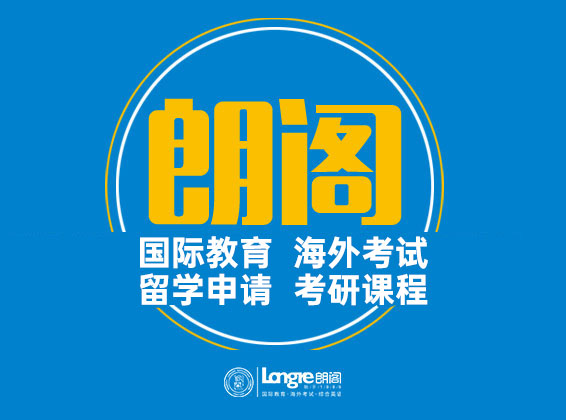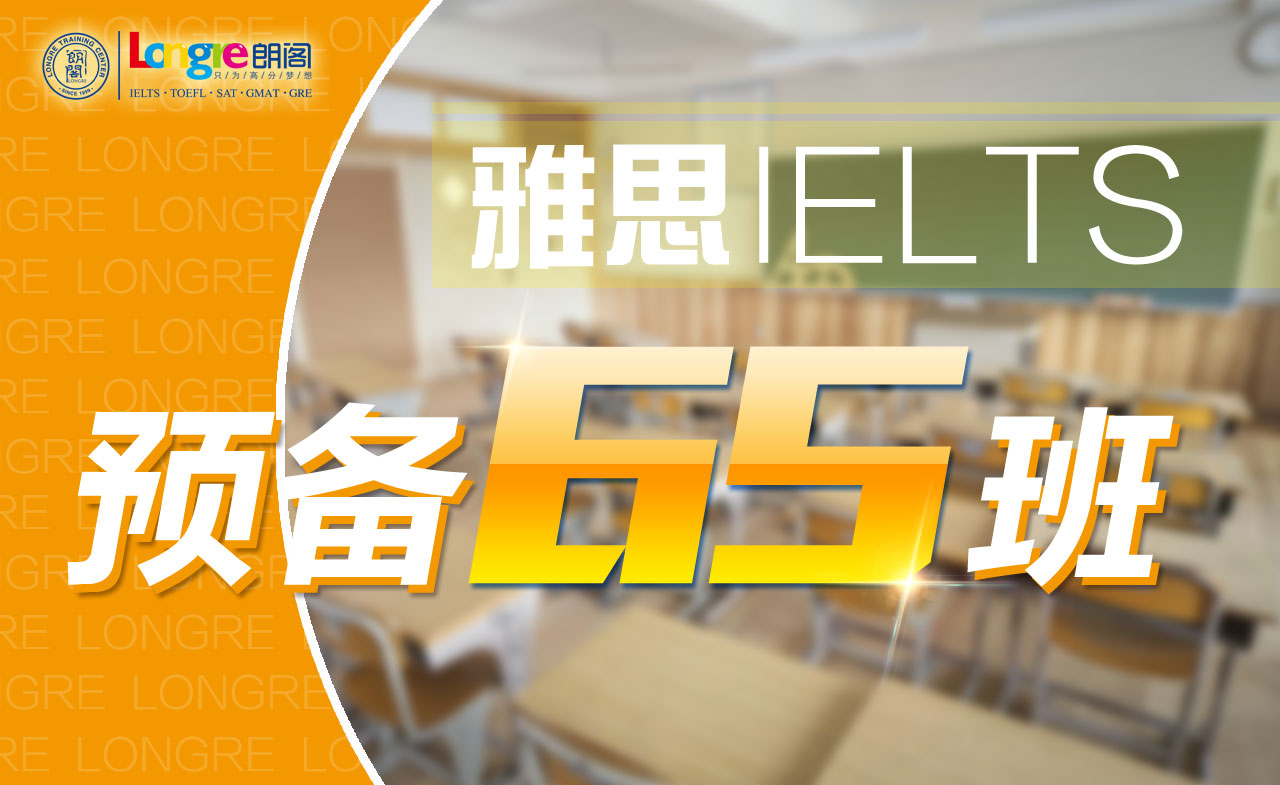P1 monks古文明
P2 我们集中注意力的能力
P3 欧美国家政府和四期创新
朗阁讲师点评
1. 本场考试整体难度中等偏上,**篇是新题,后两篇是24年考过的旧题。P1文章虽新,但话题并不陌生,而且题型是常规的填空+判断搭配组合,只要稍微细心一些,相信取得较高正确率不难。 P2题型是配对+填空,其中配对包括段落信息配对和人名观点配对两种类型,做起来比较耗时,需保持耐心。P3本次依然出现了单选和判断,但是加上了句子配对的类型,整体定位难度比较大,而且***后一篇往往时间较为紧张,做题时要注意时间分配。
2. 整体分析:历史文化类(P1),科学类(P2)和政府类(P3)。
Passage 1:monks古文明
题型:填空(7)+ 判断(6)
参考答案:
1. stone
2. cud
3. rectangular
4. goat
5. 待回忆
6. pin
7. vegetables
8. FALSE
9. FALSE
10. NOT GIVEN
11. TRUE
12. TRUE
13. NOT GIVEN
具体文章和题目待确认
Passage 2:我们集中注意力的能力
题型:段落信息配对(5)+人名观点配对(5)+ 填空 (3)
参考答案:
14. B
15. E
16. F
17. C
18. D
19. B
20. D
21. A
22. E
23. E
24. Email voice
25. prefrontal cortex
26. group meetings
How Well Do We Concentrate?
A Do you read while listening to music? Do you like to watch TV while finishing your homework? People who have these kinds of habits are called multi-taskers. Multitaskers are able to complete two tasks at the same time by dividing their focus. However, Thomas Lehman, a researcher in Psychology, believes people never really do multiple things simultaneously. Maybe a person is reading while listening to music, but in reality, the brain can only focus on one task. Reading the words in a book will cause you to ignore some of the words of the music. When people think they are accomplishing two different tasks efficiently, what they are really doing is dividing their focus. While listening to music, people become less able to focus on their surroundings. For example, we all have experience of times when we talk with friends and they are not responding properly. Maybe they are listening to someone else talk, or maybe they are reading a text on their smart phone and don’t hear what you are saying. Lehman called this phenomenon “email voice”.
B the world has been changed by computers and its spin offs like smart-phones or cellphones. Now that most individuals have a personal device, like a smart-phone or a laptop, they are frequently reading, watching or listening to virtual information. This raises the occurrence of multitasking in our day to day life. Now when you work, you work with your typewriter, your cellphone, and some colleagues who may drop by at any time to speak with you. In professional meetings, when one normally focuses and listens to one another, people are more likely to have a cell phone in their lap, reading or communicating silently with more people than ever, liven inventions such as the cordless phone has increased multitasking. In the old days, a traditional wall phone would ring, and then the housewife would have to stop her activities to answer it. When it rang, the housewife will sit down with her legs up. and chat, with no laundry or sweeping or answering the door. In the modern era, our technology is convenient enough to not interrupt our daily tasks.
C Earl Miller, an expert at the Massachusetts Institute of Technology, studied the prefrontal cortex, which controls the brain while a person is multitasking. According to his studies, the size of this cortex varies between species, He found that for humans, the size of this part constitutes one third of the brain, while it is only 4 to 5 percent in dogs, and about 15% in monkeys. Given that this cortex is larger on a human, it allows a human to be more flexible and accurate in his or her multitasking.. However, Miller wanted to look further into whether the cortex was truly processing information about two different tasks simultaneously. He designed an experiment where he presents visual stimulants to his subjects in a wax that mimics multi-tasking. Miller then attached sensors to the patients ” heads to pick up the electric patterns of the brain. This sensor would show if ” the brain particles, called neurons, were truly processing two different tasks. What he found is that the brain neurons only lit up in singular areas one at a time, and never simultaneously.
D Davis Meyer, a professor of University of Michigan, studied the young adults in a similar experiment. He instructed them to simultaneously do math problems and classify simple words into different categories. For this experiment. Meyer found that when you think you are doing several jobs at the same time, you are actually switching between jobs. Even though the people tried to do the tasks at the same time, and both tasks were eventually accomplished, overall, the task look more time than if the person focused on a single task one at a time.
E People sacrifice efficiency when multitasking, Gloria Mark set office workers as his subjects. He found that they were constantly multitasking. He observed that nearly every 11 minutes people at work were disrupted. He found that doing different jobs at the same time may actually save time. However, despite the fact that they are faster, it does not mean they are more efficient. And we are equally likely to self-interrupt as be interrupted by outside sources. He found that in office nearly every 12 minutes an employee would stop and with no reason at all, cheek a website on their computer, call someone or write an email. If they concentrated for more than 20 minutes, they would feel distressed. He suggested that the average person may suffer from a short concentration span. This short attention span might be natural, but others suggest that new technology may be the problem. With cellphones and computers at our sides at all times, people will never run out of distractions. The format of media, such as advertisements, music, news articles and TV shows are also shortening, so people are used to paying attention to information for a very short time.
F So even though focusing on one single task is the most efficient way for our brains to work, it is not practical to use this method in real life. According to human nature, people feel more comfortable and efficient in environments with a variety of tasks, Edward Hallowell said that people are losing a lot of efficiency in the workplace due to multitasking, outside distractions and self-distractions. As a matter of fact, the changes made to the workplace do not have to be dramatic. No one is suggesting we ban e-mail or make employees focus on only one task. However, certain common workplace tasks, such as group meetings, would be more efficient if we banned cell-phones, a common distraction. A person can also apply these tips to prevent self-distraction. Instead of arriving to your office and checking all of your e-mails for new tasks, a common workplace ritual, a person could dedicate an hour to a single task first thing in the morning. Self-timing is a great way to reduce distraction and efficiently finish tasks one by one, instead of slowing ourselves down with multi-tasking.
Questions 14-18
Reading Passage 2 has six paragraphs, A-F.
Which paragraph contains the following information?
Write the correct letter, A-F, in boxes 14-18 on your answer sheet.
14. a reference to a domestic situation that does not require multitasking
15. a possible explanation of why we always do multitask together
16. a practical solution to multitask in work environment
17. relating multitasking to the size of prefrontal cortex
18. longer time spent doing two tasks at the same time than one at a time
Questions 19-23
Look at the following statements (Questions 19-23) and the list of scientists below. Match each statement with the correct scientist, A-E.
Write the correct letter, A-E, in boxes 19-23 on your answer sheet. NB You may use any letter more than once.
List of Scientists
A Thomas Lehman
B Earl Miller
C David Meyer
D Gloria Mark
E Edward Hallowell
19. When faced multiple visual stimulants, one can only concentrate on one of them.
20. Doing two things together may be faster but not better.
21. People never really do two things together even if you think you do.
22. The causes of multitask lie in the environment.
23. Even minor changes in the workplace will improve work efficiency.
Questions 24-26
Complete the sentences below. Choose NO MORE THAN TWO WORDS from the passage for each answer.
Write your answers in boxes 24-26 on your answer sheet.
A term used to refer to a situation when you are reading a text and cannot focus on your surroundings is (24)…………………….
The (25)…………………………part of the brain controls multitasking.
Passage 3:欧美国家政府和四期创新
题型:单选+句子配对+判断
27-36待回忆
37. NO
38. NOT GIVEN
39. NO
40. YES
具体文章和题目待确认
考试建议
1. 下场考试新旧题搭配出现概率较大,复习时可以关注一下近五年阅读机经。考试难度不会有太大变化, **篇依旧会是填空+判断的基础题型组合,填空注意每空填完后及时检查单词拼写,判断一定要仔细比对题干和文章出题句意思是否一致。第二篇往往会考段落信息配对,乱序加上题干高概括性导致定位较难,这次没考标题和多选,但下次未必不考。第三篇会是单选+判断+配对,单选的答案在文章中是有依据的,是对文章部分内容的同义转换,而不是凭感觉做出选择。
2. 下场考试的话题可能有历史文化类、科技类和社会类。
文中图片素材来源网络,如有侵权请联系删除 网络




